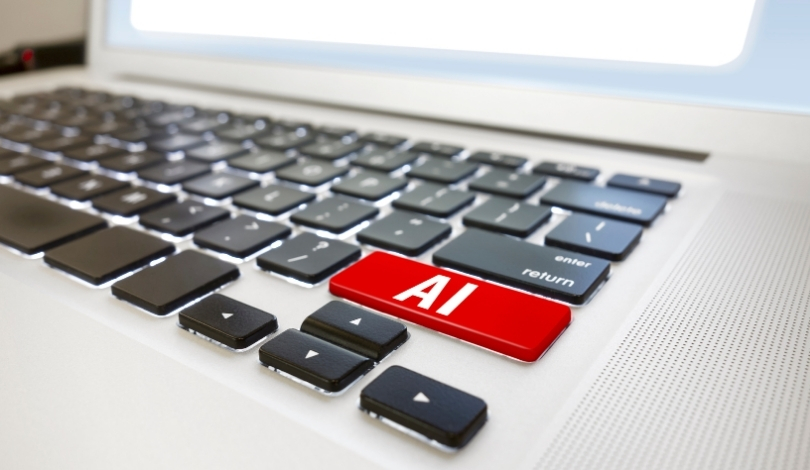Businesses across industries face challenges in effectively monitoring the activities of their AI-driven agents as these systems become fundamental to daily workflows. Salesforce’s Agentforce 3 addresses this issue by combining enhanced agent visibility and integration capabilities with actionable performance insights. The introduction of these tools arrives as companies ramp up AI agent deployments, seeking ways to optimize their value without losing operational oversight. Some organizations have already noted measurable improvements in productivity after adopting earlier Agentforce versions, and the latest release aims to give companies more tools to refine and scale their AI usage. The broader context sees enterprises moving beyond experimentation and toward mainstreaming AI-powered automation.
When compared to information available from earlier coverage, prior reports noted Agentforce’s focus on process automation and administrative workload reduction but highlighted the lack of deep insight into agent operations. The latest iteration now introduces advanced observability features, addressing earlier concerns about transparency. While initial partners experienced efficiency gains, Agentforce 3 expands support for connectivity protocols like MCP and strengthens its third-party integration network, reflecting an evolution from task automation to holistic system management.
How Does Agentforce 3 Improve Visibility into AI Agents?
Agentforce 3 centers on its Command Center dashboard, which allows managers comprehensive real-time oversight of deployed AI agents. Using OpenTelemetry standards, this tool captures activity data and performance metrics such as latency, error rates, and escalation patterns. Integration with monitoring tools like Datadog and Splunk streamlines operations for IT teams already using these platforms. Companies deploying Agentforce report substantial delegation of routine tasks—in one case, 1-800Accountant transferred 70% of peak-season administrative queries to AI. The ability to track and analyze both successes and shortcomings in real time supports continuous improvement.
What New Connectivity Options Support Enterprise Integration?
Secure and flexible connectivity remains a persistent challenge for businesses linking AI agents to core systems. To address this, Agentforce 3 offers native support for Model Context Protocol (MCP), described by Salesforce as “USB-C for AI.” This protocol allows AI agents to connect with MCP-compliant servers without custom integrations, while maintaining compliance with organizational security requirements. Salesforce leverages MuleSoft for converting APIs to agent-compatible assets and uses Heroku for managing custom MCP server deployment. According to Mollie Bodensteiner, SVP at Engine, MCP enhances their ability to “scale our use of AI agents with full confidence,” adding:
“We’ll be able to securely connect agents to the enterprise systems we rely on without custom code or compromising governance. That level of interoperability has given us the flexibility to accelerate adoption while staying in complete control of how agents operate within our environment.”
What Role Do Partners and Ecosystem Integrations Play?
A growing ecosystem of over 30 partners expands Agentforce’s capabilities through MCP server integrations, covering services from AWS, Google Cloud, Box, PayPal, and Stripe. These integrations facilitate advanced use cases, such as analyzing and extracting information from images, documents, or audio through AWS, or using Google Cloud’s AI models and mapping services. The healthcare sector stands out for early adoption, with organizations like UChicago Medicine seeking to automate routine interactions to free up staff for more complex patient needs. The variety and depth of integrations increase Agentforce’s applicability across sectors beyond traditional customer support functions.
Current feedback from early users highlights improved automation rates and deeper visibility, but some organizations continue to evaluate whether expanded data and integration translate to better strategic management of AI resources. The critical issue remains the ability to identify and address weaknesses as the number and complexity of AI agents increase. Adam Evans, EVP & GM of Salesforce AI, expressed optimism about collaboration between human teams and AI agents, stating, “Agentforce 3 will redefine how humans and AI agents work together—driving breakthrough levels of productivity, efficiency, and business transformation.”
Organizations considering broad AI adoption need practical solutions to monitor, manage, and connect their growing fleets of intelligent agents. Agentforce 3 offers technical features to address real-world demands, not only by tracking agent activities but also by recommending optimizations and maintaining security through standardized protocols. Integrations with tools familiar to IT teams could simplify adoption, while a robust partner network extends the system’s reach into specialized domains. However, success will depend on whether these enhancements lead to sustained performance improvements and effective governance at scale, as AI agents become core actors in business operations. Users evaluating Agentforce 3 should assess both observability tools and integration pathways relative to their own security and workflow requirements for maximum benefit.










